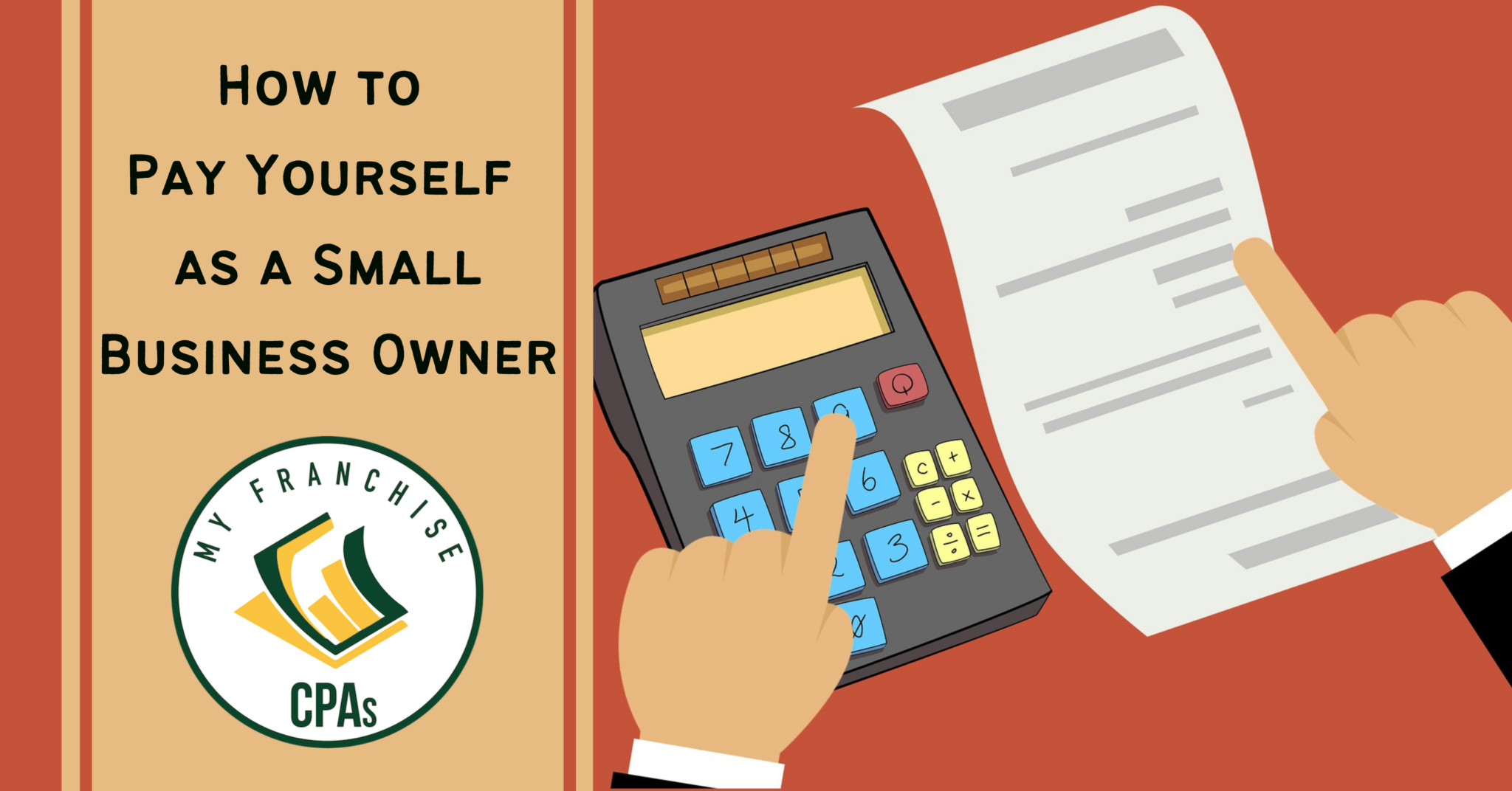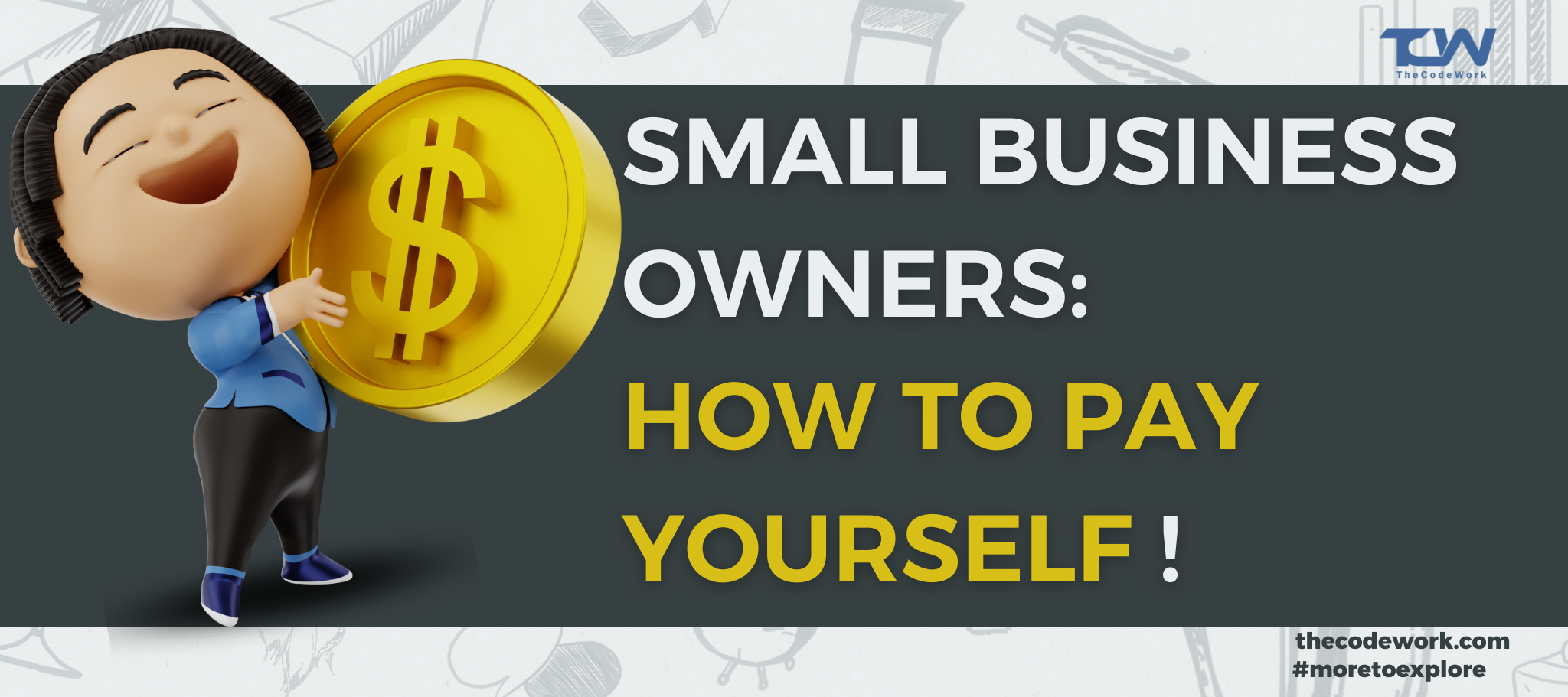How Do You Pay Yourself As A Business Owner

Are you a business owner struggling to figure out the best way to pay yourself? The method you choose impacts your taxes, your business's financial health, and your personal financial security.
Understanding the nuances of owner compensation is critical for long-term business success. There are several options, each with distinct implications for both the business and the owner's personal finances.
Sole Proprietorships and Partnerships: The Owner's Draw
For sole proprietorships and partnerships, owner compensation typically comes in the form of an owner's draw. This isn't a salary but a transfer of funds from the business to the owner.
The IRS does not consider an owner's draw as a salary, so it is not subject to payroll taxes. However, profits are still subject to self-employment taxes and income tax.
Careful tracking of draws is critical for accurate tax reporting and financial management. Remember, an owner's draw reduces the business's equity.
S Corporations: Salary and Distributions
S corporations offer a more structured approach: a reasonable salary and distributions. The salary is subject to payroll taxes, while distributions are not.
The IRS requires that S corp owners receive a "reasonable salary" for their services. Determining what constitutes "reasonable" can be complex and depends on factors like industry, experience, and responsibilities.
Distributions are profits passed through to the owner after the salary has been paid. These are subject to income tax but not self-employment tax, which can result in tax savings.
C Corporations: Salary and Dividends
C corporations, like S corporations, can pay owners a salary. However, instead of distributions, they issue dividends.
Salaries are tax-deductible business expenses for C corporations. Dividends, on the other hand, are paid from after-tax profits and are subject to double taxation (at the corporate level and again at the individual level).
C corporations may also offer benefits like health insurance and retirement plans. This can further complicate the owner's compensation structure.
LLCs: Flexibility and Choice
Limited Liability Companies (LLCs) offer the most flexibility. Owners can choose to be taxed as a sole proprietorship, partnership, S corporation, or C corporation.
This flexibility allows owners to tailor their compensation strategy based on their specific circumstances. Consulting with a tax professional is crucial to make the best decision.
Regardless of the tax structure chosen, maintaining clear records of all transactions is essential. This ensure compliance and sound financial management.
Factors to Consider When Choosing a Payment Method
Several factors influence the best way to pay yourself. Consider your tax situation, the business's profitability, and your long-term financial goals.
It's essential to balance taking enough income to cover personal expenses with reinvesting in the business. This will ensure both short-term stability and long-term growth.
Also, consider the administrative burden associated with each method. For example, managing payroll for an S corporation requires more effort than taking an owner's draw from a sole proprietorship.
Staying Compliant: Consult with Professionals
Navigating the complexities of owner compensation requires expert guidance. Seek advice from a qualified accountant or tax advisor.
They can help you determine the most tax-efficient strategy and ensure compliance with all applicable regulations. This professional guidance is crucial.
Remember, laws and regulations can change. Staying informed about the latest developments is critical for maintaining compliance.
Next Steps for Business Owners
Review your current compensation strategy with a financial professional. This will ensure it aligns with your business goals and personal financial needs.
Update your accounting practices to accurately track all owner compensation transactions. Accurate tracking minimizes risk.
Continuously evaluate and adjust your strategy as your business grows and your financial circumstances change. Your strategy should grow with your company.


















